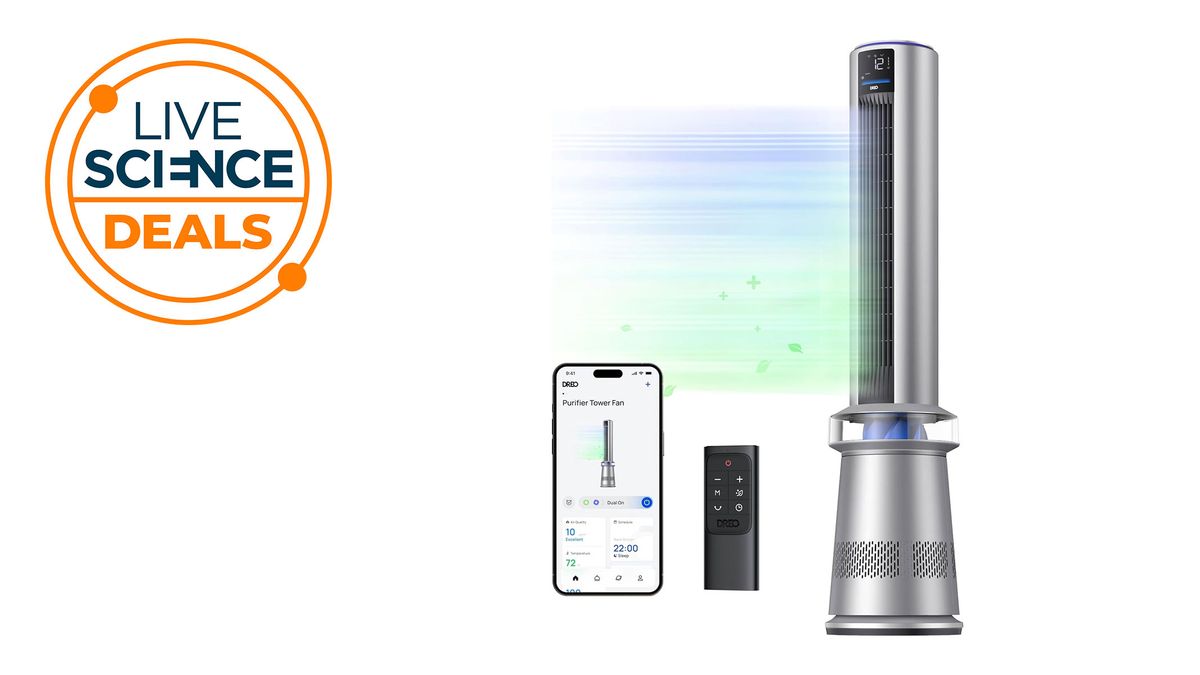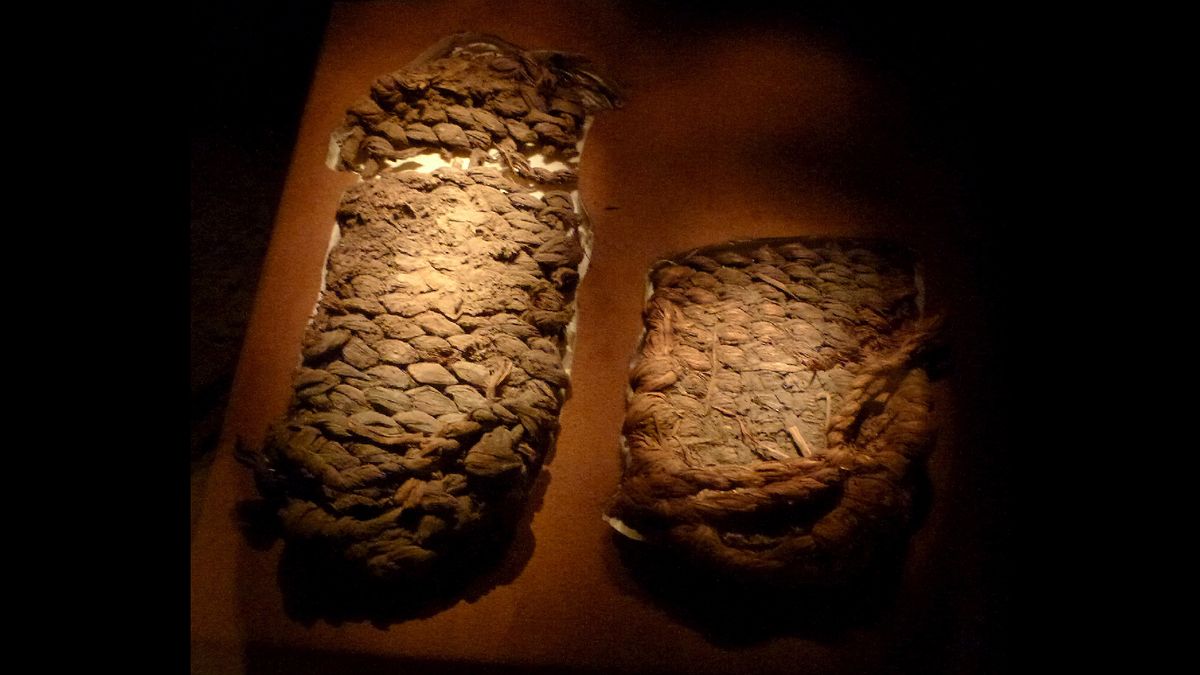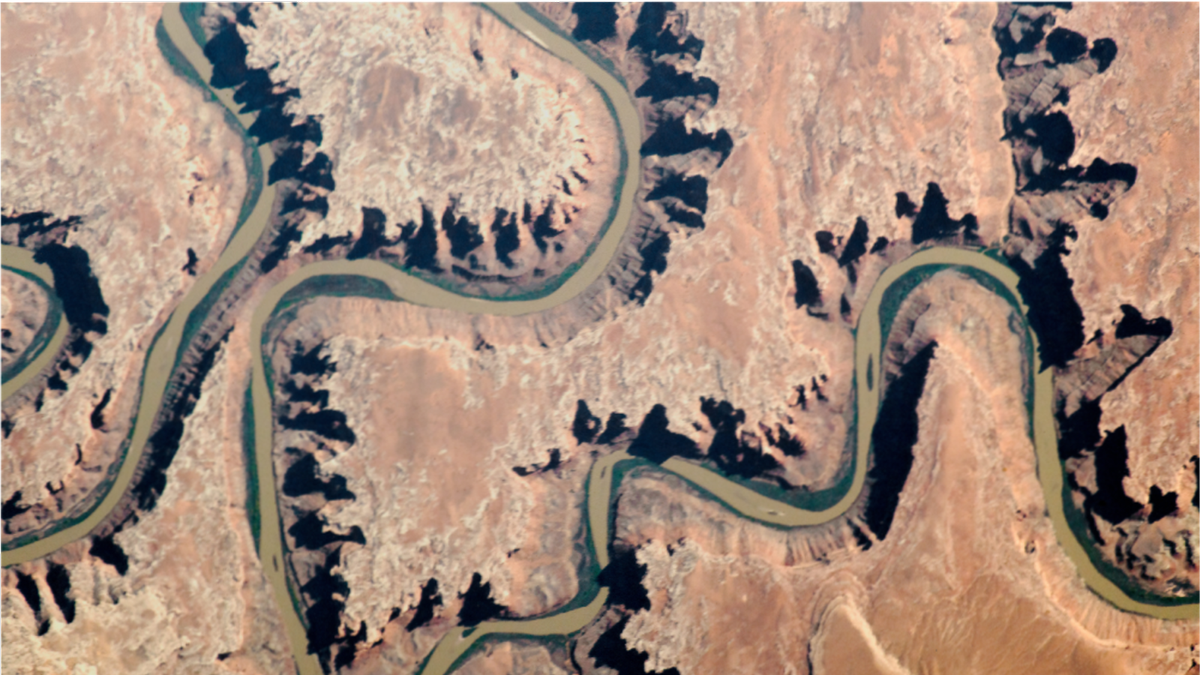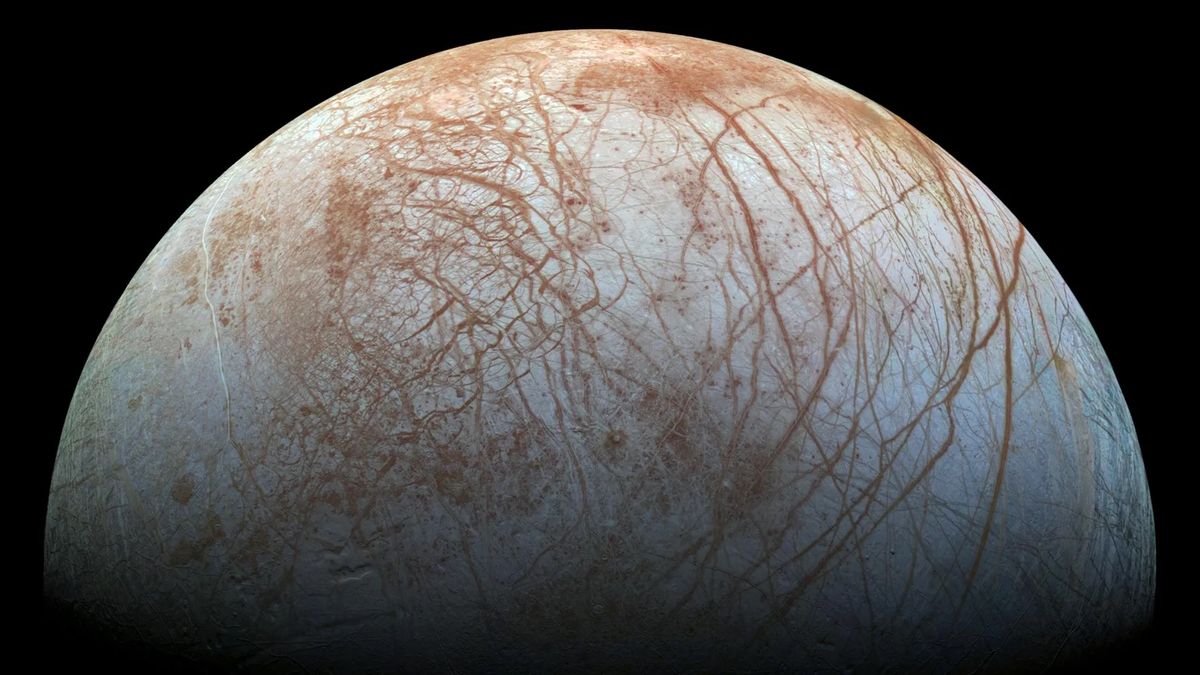What it is: A 3D visualization of the “Pillars of Creation,” an iconic image of interstellar gas and dust taken by the Hubble Space Telescope in 1995.
Where it is: The Eagle Nebula (M16), about 6,000 light-years away, in the constellation Serpens
When it was shared: June 26, 2024
Why it’s so special: The “Pillars of Creation” might just be the most famous deep-sky image ever taken. Featuring towering tendrils of interstellar gas and dust in a star-forming region called the Eagle Nebula, it was one of the Hubble Space Telescope‘s first images and has become a staple of space merchandise and even appeared on a postage stamp.
Now, the jaw-dropping image has had a multiwavelength 3D makeover thanks to new data from the James Webb Space Telescope (JWST).
This new mosaic, which is also showcased in a new NASA video, highlights the differences between the two telescopes. JWST’s newer data isn’t necessarily better; it merely helps astronomers study different aspects of the same object. Space telescopes typically specialize in certain wavelengths of light. While Hubble captures primarily visible light, JWST is more sensitive to infrared light.
“When we combine observations from NASA’s space telescopes across different wavelengths of light, we broaden our understanding of the universe,” Mark Clampin, Astrophysics Division director at NASA Headquarters in Washington, D.C., said in a statement. “The Pillars of Creation region continues to offer us new insights that hone our understanding of how stars form. Now, with this new visualization, everyone can experience this rich, captivating landscape in a new way.”
Related: 35 jaw-dropping James Webb Space Telescope images
The nebula’s pillars — vast fingers of cool molecular hydrogen and dust — shown in the image are being slowly eroded by the ultraviolet light from hot, young stars being born in the region, though just out of shot.
Hubble’s visible-light data can be seen as impenetrable, brown dust and yellow, ionized gas with a greenish-blue background. The new infrared data from JWST makes the pillars seem semi-transparent, with light-blue ionized gas set against a dark-blue background. Infrared light penetrates all but the densest parts of the pillars of gas and dust. The tallest pillar is about 3 light-years across.
This is not the first infrared makeover of the “Pillars of Creation.” In 2015, to celebrate its 25th anniversary, Hubble imaged the Eagle Nebula in near-infrared light for the first time. Meanwhile, JWST released its first image of the iconic Pillars in 2022.















